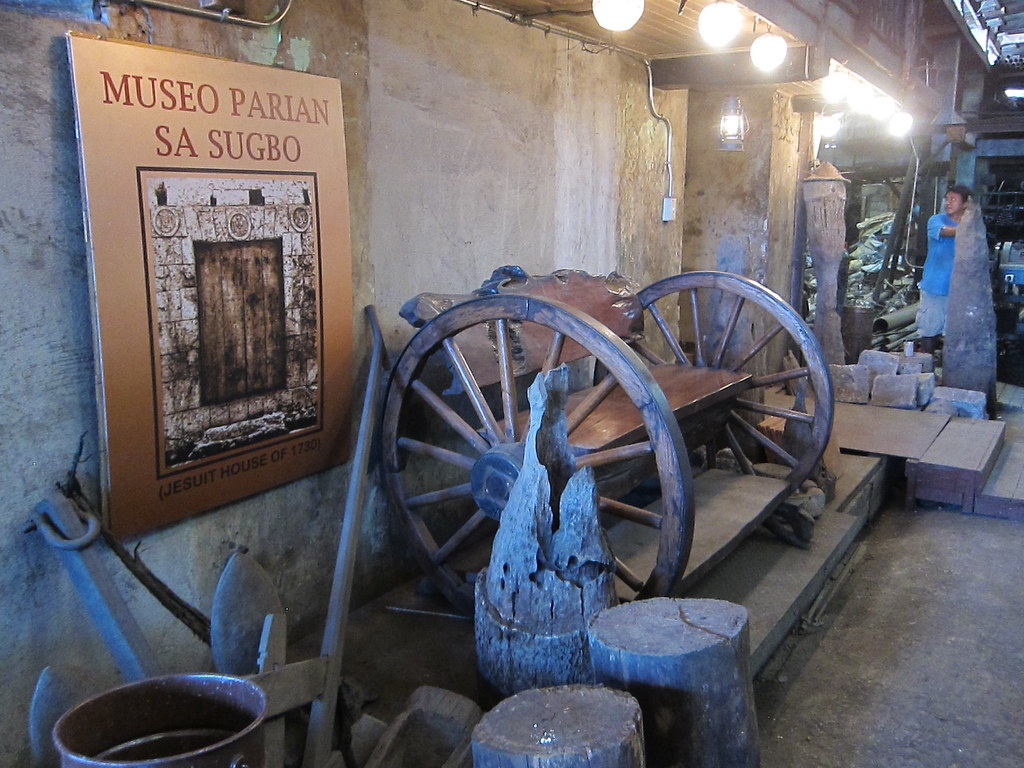

The Jesuits were in possession of this house until 1768, when they were expelled from the Philippines. Upon their expulsion, Jesuit properties were put on public auction. A Spanish family, the Alvarez, acquired the house. The house passed through various owners until the Sy family acquired the residence. At one time, the residence became an exclusive club for Cebu’s elite.
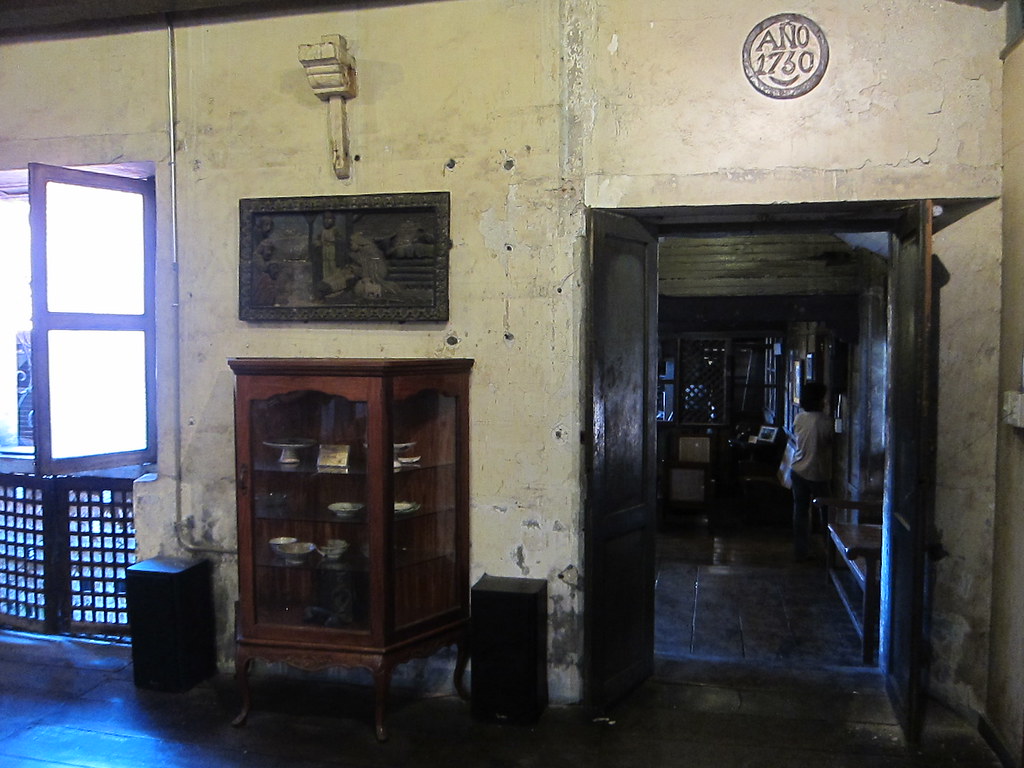

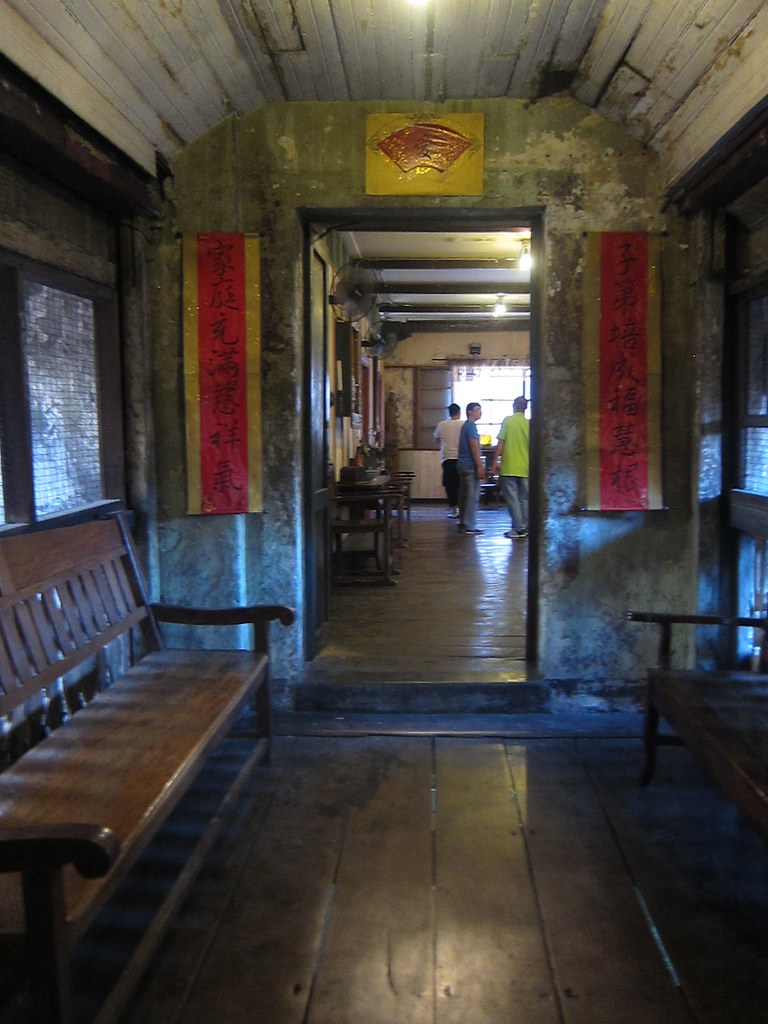

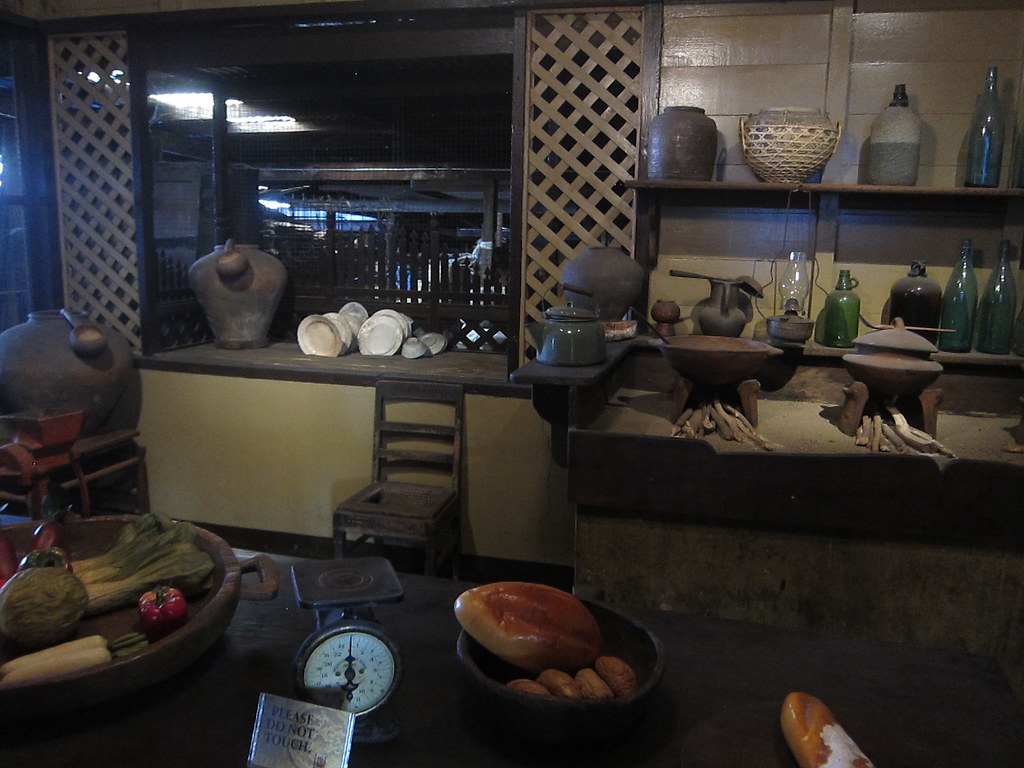
Fr. William Repetti, S.J., a seismologist and archivist of the Jesuits, identified this old structure as the “Jesuit House of 1730″ and pictures of his visit hang on its walls today. Repetti noted the existence of the house in his book published in 1936.


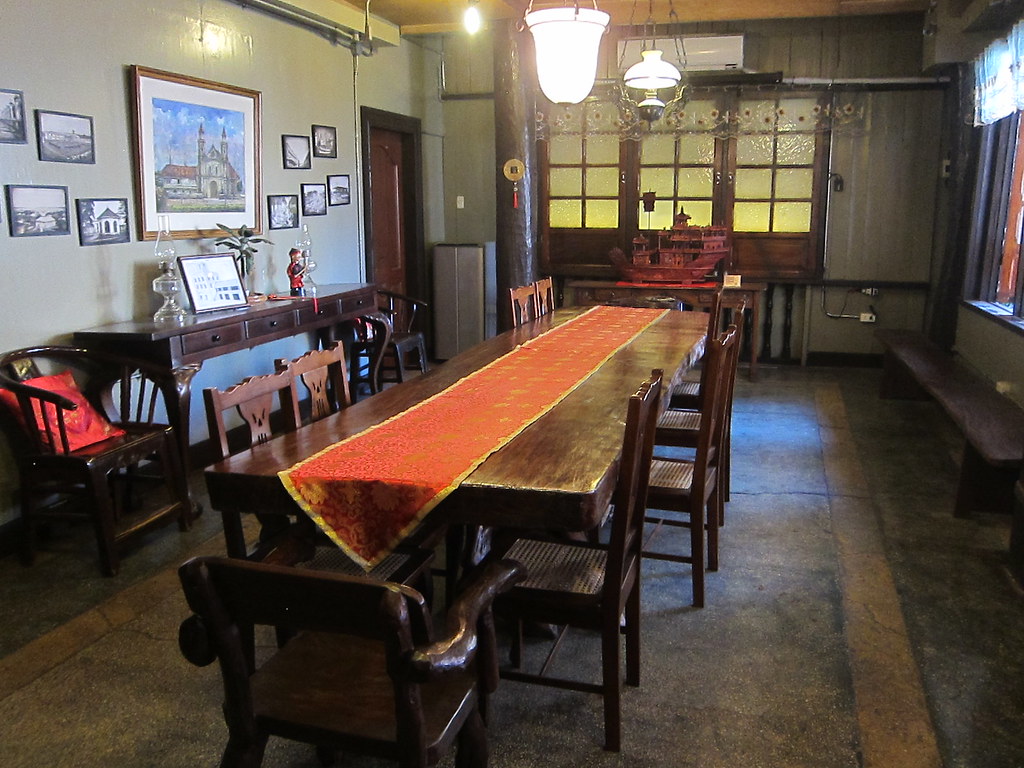
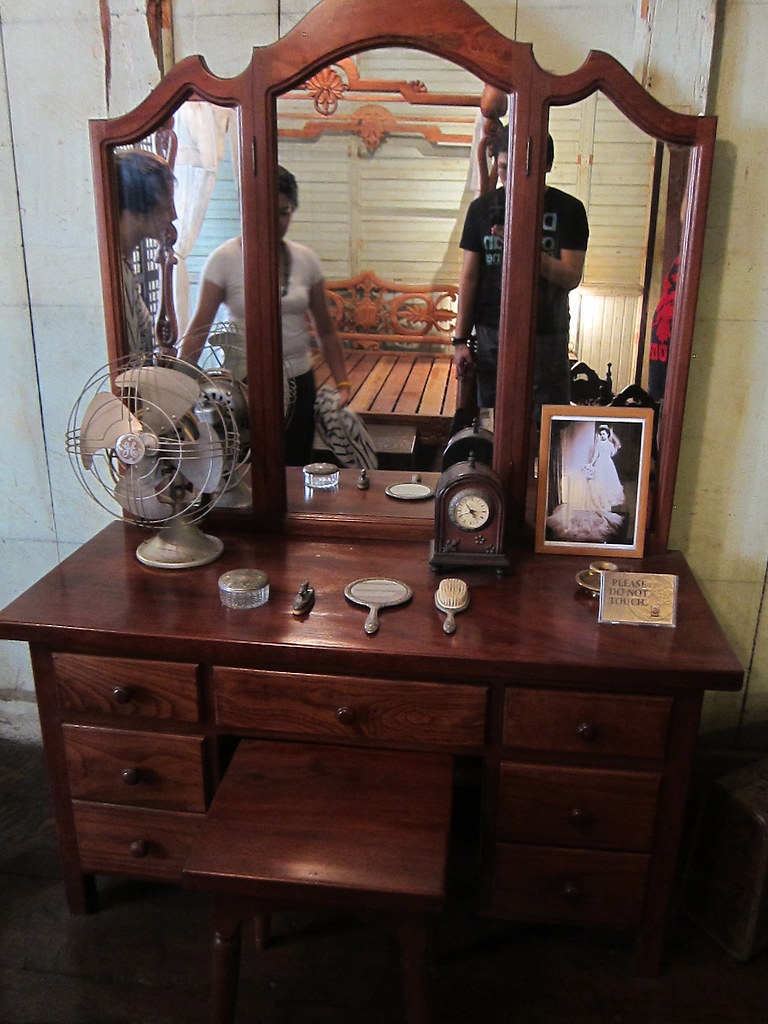
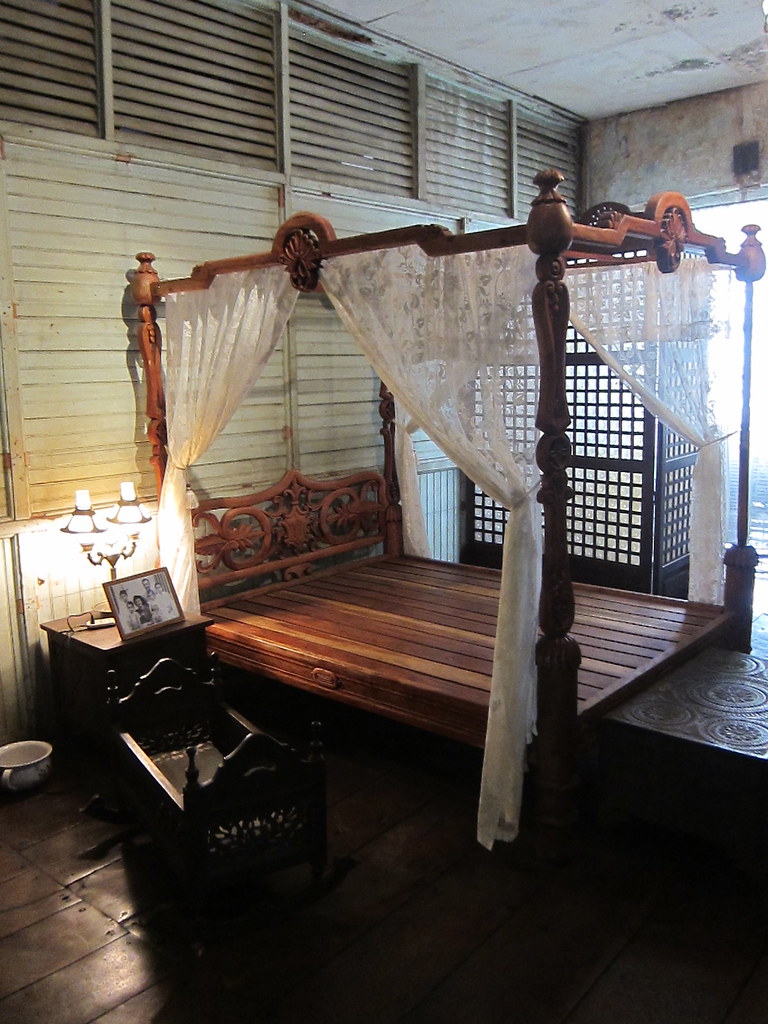
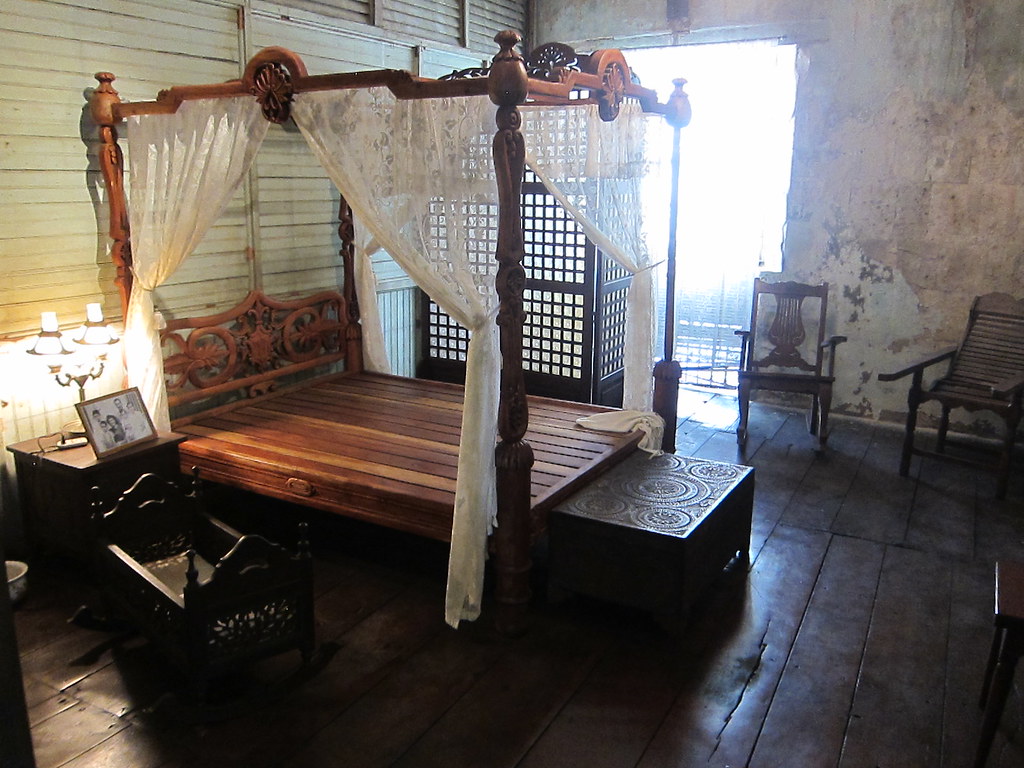
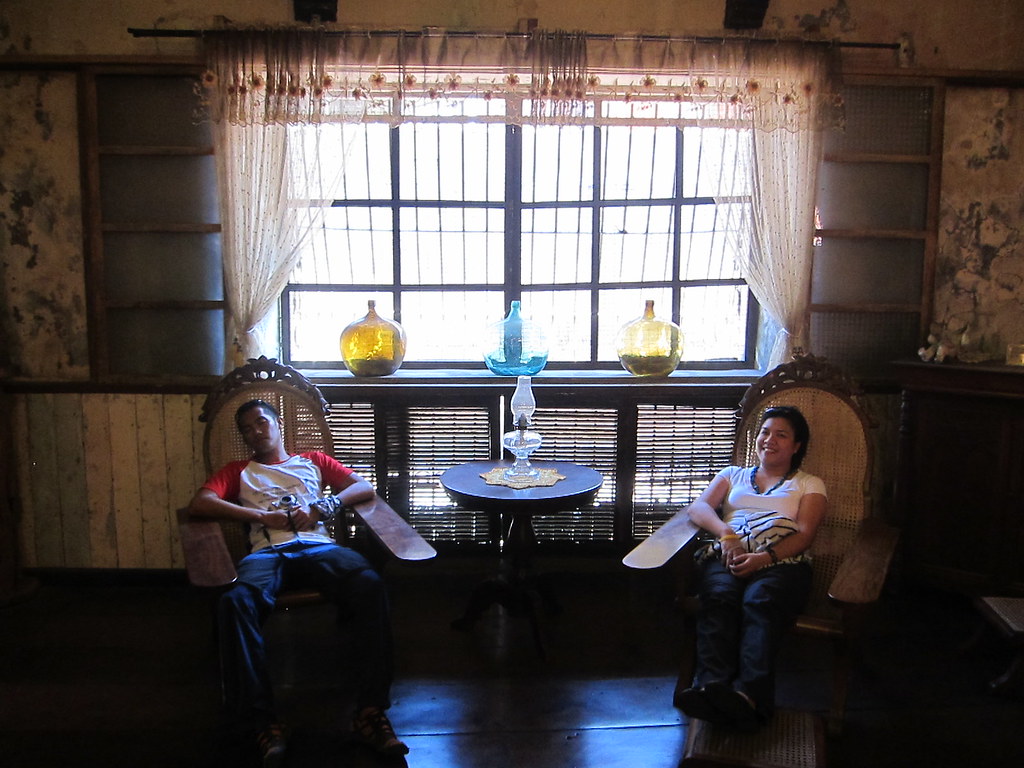
Now, this house is converted into a museum, "Museo Parian sa Sugbo," a few years back. It also has a gallery (Sugbu Gallery) collection under the house, where they have excavated old Chinese ceramics and artifacts. It certainly offers a remarkable insight into the architecture and culture of 18th century Jesuits in Cebu.
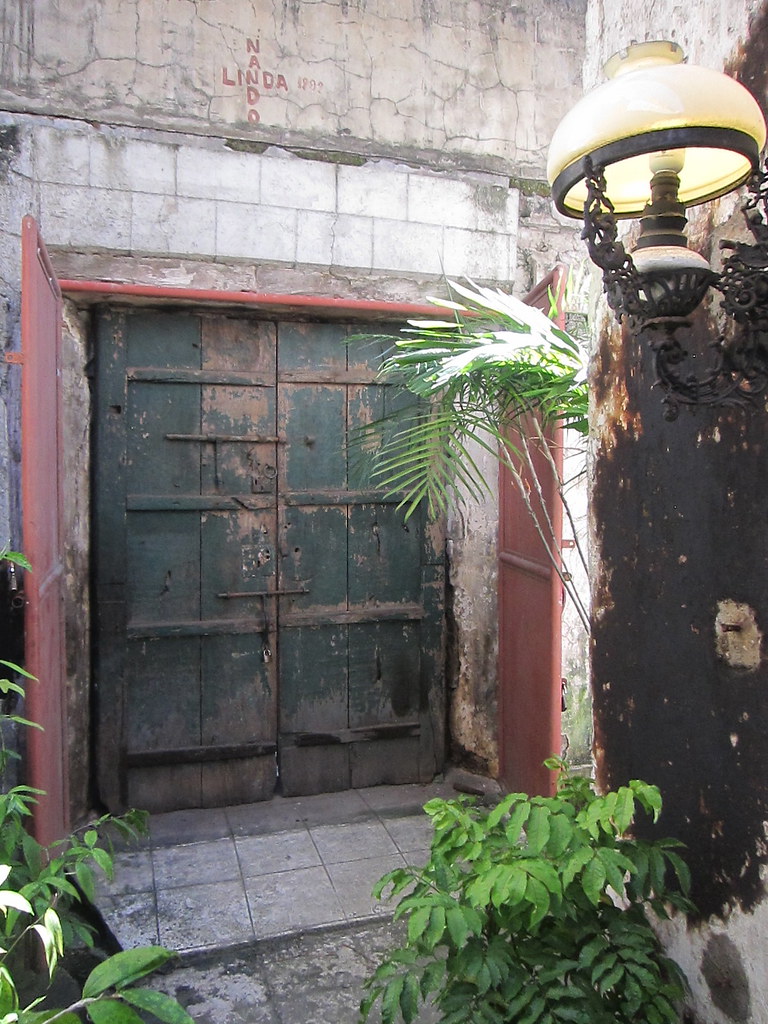

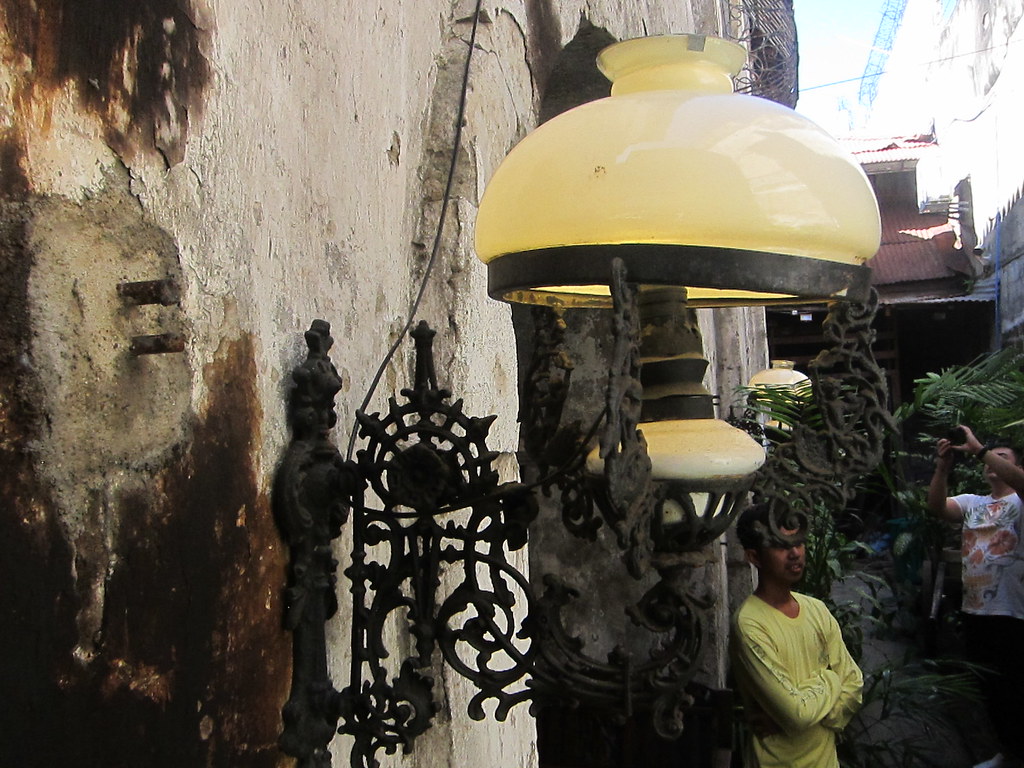
Heritage Features: "The whole compound is surrounded by a wall made of cut coral. The wall is divided by short piers on which are relieves bearing the monogram IHS, meaning Jesus. The original gate to the residence is along the side road named Binakayan. The gate’s lintel is decorated with monograms of Jesus, Mary and Joseph. These bas relieves in soft coral have unfortunately eroded because of wind and rain and also because vehicles have scarped the wall along the very narrow Binakayan road. To protect the monograms on the gate, the Sy family has installed a metal gate and a roof over the gate. To see the monograms on the lintel permission is needed as the steel gate is locked."
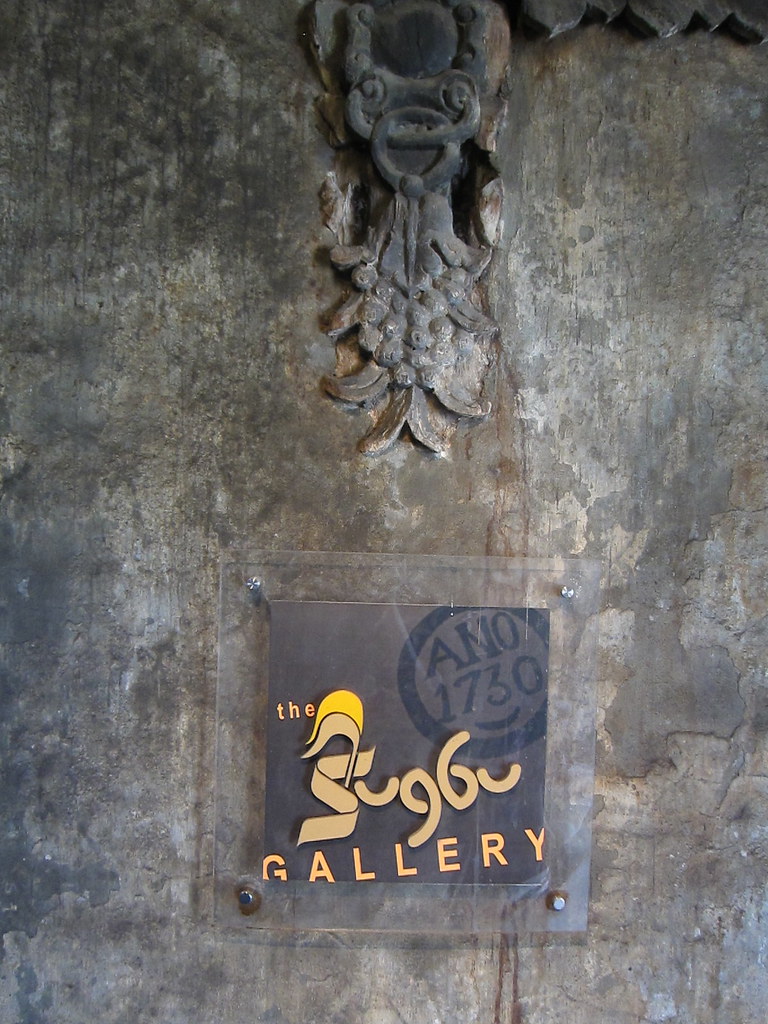

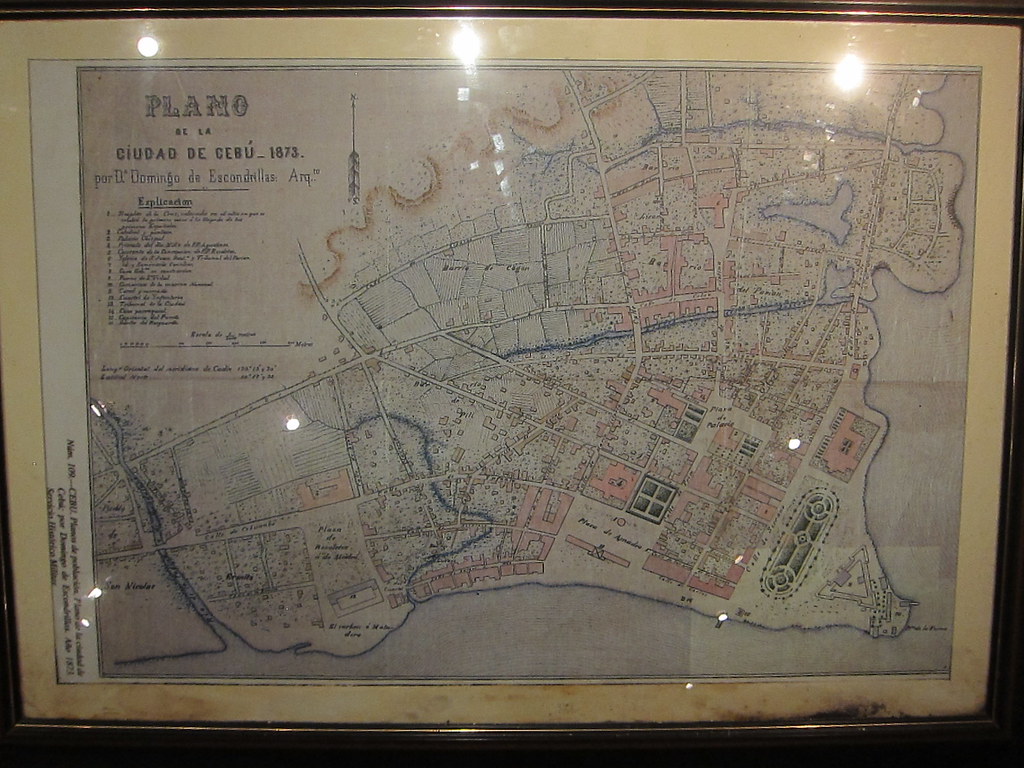

What beautiful photos. How wonderful that this museum exists in Cebu. Thank you for sharing:)
ReplyDelete